Sora 2 and Veo 3 - The leading AI tools for creating videos from text today
Generative AI tools (artificial intelligence tools that can automatically generate new content from user descriptions) are becoming increasingly popular, allowing users to create articles, images, music, etc. easily and quickly.
Now, there are more and more AI tools that allow users to create short videos with sharp, detailed content and smooth, lifelike motion… just from user descriptions.
The two most prominent and highly regarded AI tools in the technology industry today for their ability to convert text into video are Google's Veo 3 and OpenAI's Sora 2.
Veo 3 is an AI video creation tool introduced by Google at the end of May. This is the third version of the Veo AI video creation tool line, with the highlight being the upgrade of video quality created from descriptive text.
Vietnamese dubbed videos created by Veo 3 (Video: Le Minh Thien Toan).
Recently, OpenAI - the company behind the famous ChatGPT software - also launched Sora 2, the latest text-to-video creation tool developed by the company. This is an upgraded version of the Sora text-to-video creation tool that OpenAI launched in February 2024.
What Veo 3 and Sora 2 have in common is that they both allow users to create videos from descriptive text, with the ability to simulate the laws of physics accurately, making videos more realistic and real, especially when objects move and interact with each other.
In particular, both of these AI tools can automatically create sound and add voiceovers according to user requests. The faces of the characters in the video can move their lips to match their voices. This is the outstanding advantage of Veo 3 and Sora 2 compared to other AI video creation tools today.
Vietnamese dialogue videos created by Sora 2 (Video: FBG).
The highlight and superiority of Sora 2 compared to Veo 3 is the feature called "Cameo", which allows users to insert themselves into the created video.
To do this, users simply upload a short video recording their face and voice as a sample, Sora 2 will rely on the content provided by the user to insert them into the created video in the smoothest way, according to the user's description.
In addition, Sora 2 also allows users to create videos with a maximum length of 10 seconds, while Veo 3 only allows creating videos with a maximum length of 8 seconds. However, users can use these two tools to create short videos and combine them into a complete long video.
Comparing the ability to create videos from descriptive text of Veo 3 and Sora 2
Between Veo 3 and Sora 2, which tool is more capable of generating videos from descriptive text with more accuracy and sharpness?
Many content creators have sought to answer the above question by asking Veo 3 and Sora 2 to create two videos from the same descriptive text content.
Below are a few videos created by Veo 3 and Sora 2 from the same user request, including both content and audio, so readers can view and compare the video quality created by each tool.
Comparing Veo 3 and Sora 2 when asked to create videos in different styles (Video: IDK).
Side-by-side comparison of frames produced by Veo 3 and Sora 2 (Video: Vosu).
In your opinion, Veo 3 or Sora 2, which tool produces products with sharper, more detailed and realistic images? Share your thoughts in the comment section below.
Source: https://dantri.com.vn/cong-nghe/so-sanh-hai-cong-cu-ai-tao-video-hang-dau-veo-3-va-sora-2-20251009114423603.htm



![[Photo] President Luong Cuong attends the 80th Anniversary of the Traditional Day of Vietnamese Lawyers](https://vphoto.vietnam.vn/thumb/1200x675/vietnam/resource/IMAGE/2025/10/09/1760026998213_ndo_br_1-jpg.webp)


![[Photo] Prime Minister Pham Minh Chinh chairs a meeting of the Government Standing Committee on overcoming the consequences of natural disasters after storm No. 11](https://vphoto.vietnam.vn/thumb/1200x675/vietnam/resource/IMAGE/2025/10/09/1759997894015_dsc-0591-jpg.webp)
![[Photo] General Secretary To Lam visits Kieng Sang Kindergarten and the classroom named after Uncle Ho](https://vphoto.vietnam.vn/thumb/1200x675/vietnam/resource/IMAGE/2025/10/09/1760023999336_vna-potal-tong-bi-thu-to-lam-tham-truong-mau-giao-kieng-sang-va-lop-hoc-mang-ten-bac-ho-8328675-277-jpg.webp)
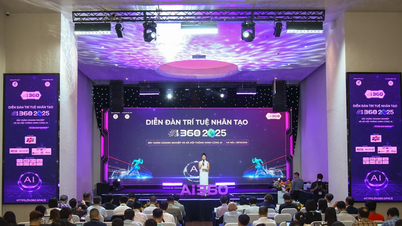

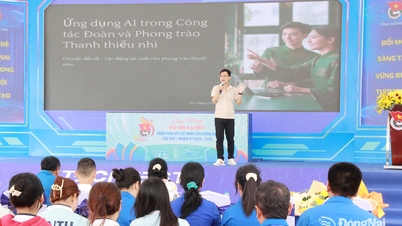








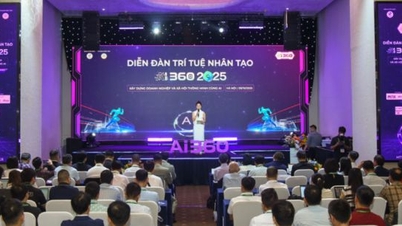




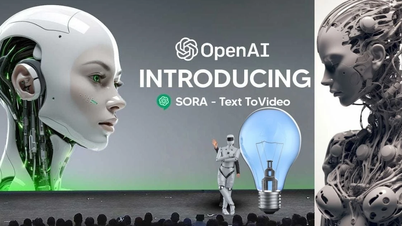









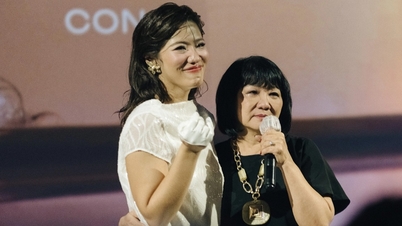












































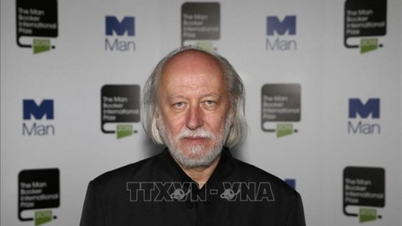



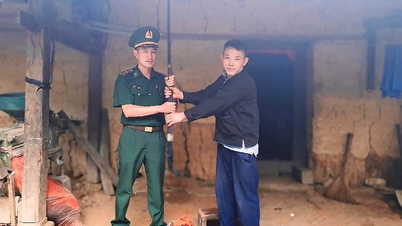

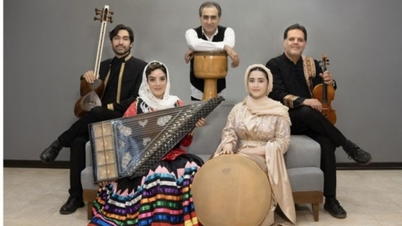


















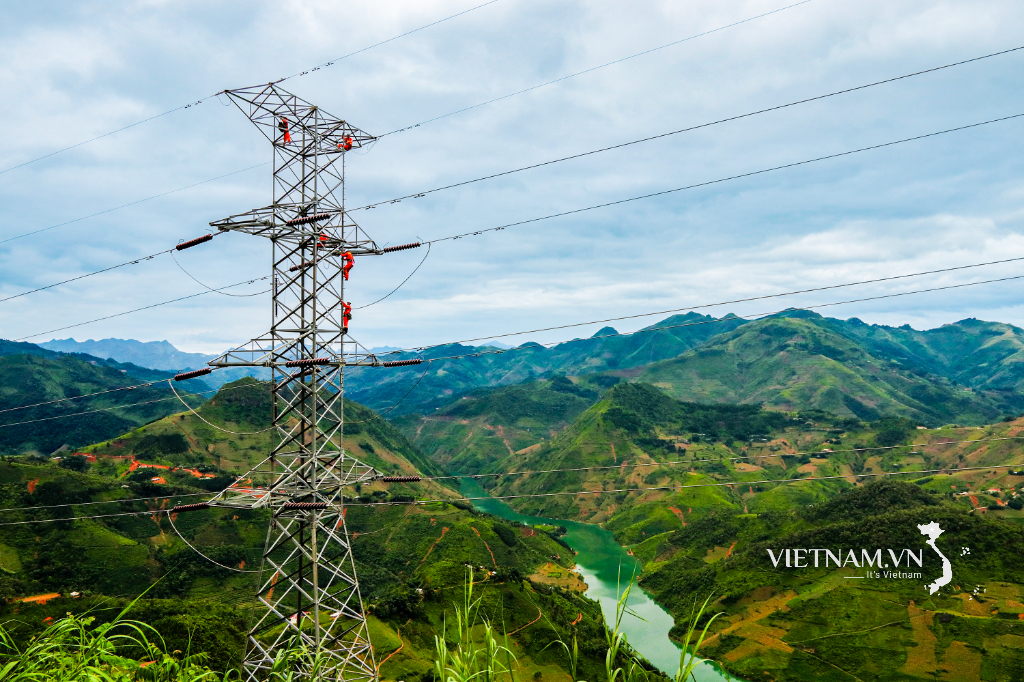

Comment (0)